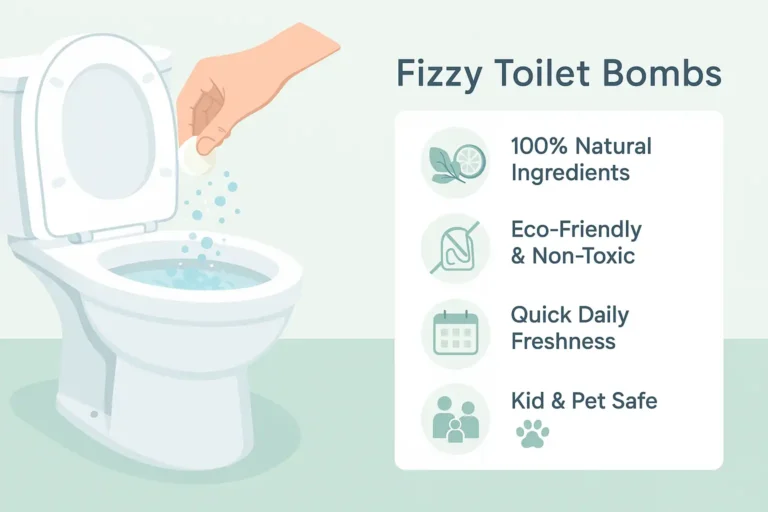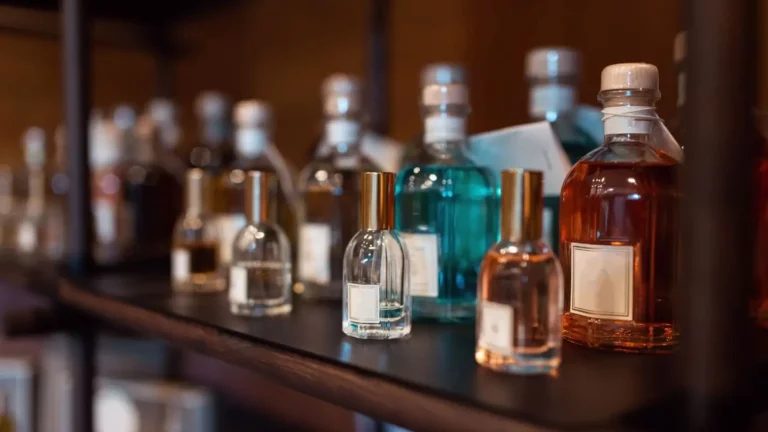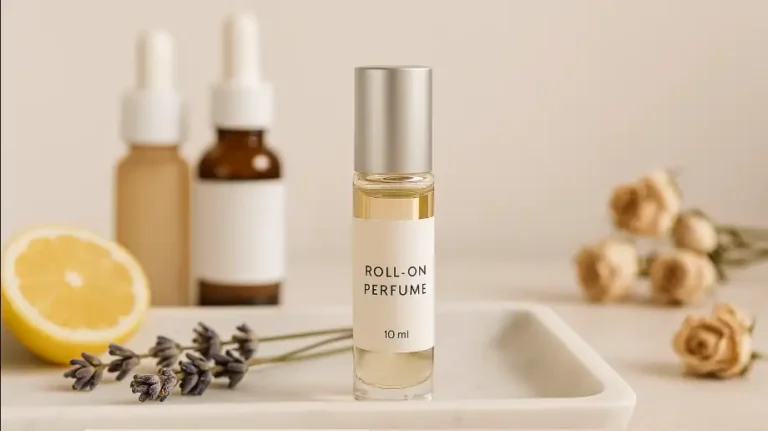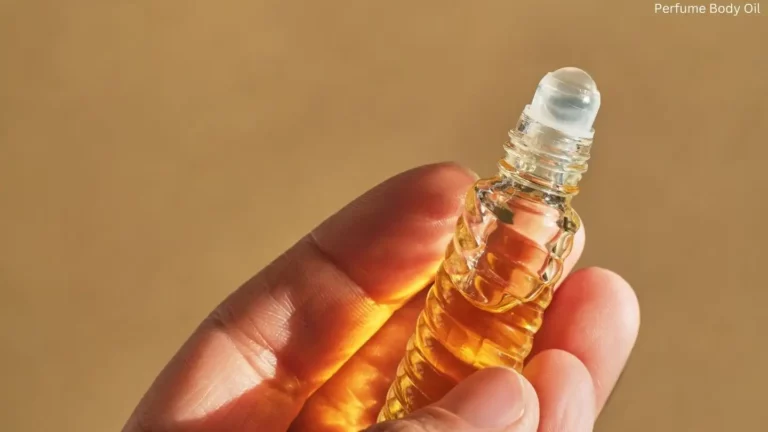How to Blend Essential Oils for Perfume: Easy Steps & Scent Combinations for Beginners
Want to craft your own signature scent naturally?
This guide will show you how to blend essential oils for perfume using scent theory, blending ratios, and beginner-friendly DIY recipes. Whether you’re new to perfume making or ready to move beyond single-note oils, this tutorial is your blueprint for fragrance success.
Why Blending Essential Oils is Different from Just Mixing Scents
Creating a perfume is more than mixing your favorite smells. True perfume blending:
- Follows a note structure (top, middle, base) for balanced scent development
- Focuses on how a fragrance evolves over time on your skin
- Requires thoughtful pairing for longevity, harmony, and emotional effect

Understand the Fragrance Pyramid (Note Structure)
A successful blend includes oils from all three note categories:
| Note Type | Role | Duration | Examples |
|---|---|---|---|
| Top | First impression | 15–30 minutes | Lemon, bergamot, mint |
| Middle | Heart of perfume | 2–4 hours | Lavender, rose, jasmine |
| Base | Foundation & dry-down | 4–8+ hours | Sandalwood, patchouli, vanilla |
Blending Tip: Use a 3:5:2 ratio for top:middle:base notes.
READ NOW : Perfume Fragrance Notes Explained: Top, Middle, and Base Notes (Complete Guide)
Best Essential Oils by Note Category
Top Notes
- Bergamot
- Lemon
- Grapefruit
- Peppermint
Middle Notes
- Lavender
- Rose
- Geranium
- Clary Sage
Base Notes
- Patchouli
- Vanilla
- Sandalwood
- Vetiver

Step-by-Step Guide to Blending Essential Oils for Perfume
Step 1: Choose One Oil from Each Note Group
Pick oils that naturally complement each other. For example:
- Citrus + floral + wood = bright and balanced
- Herbal + rose + vanilla = soft and romantic
Step 2: Test the Blend on a Scent Strip or Cotton Pad
- Combine oils using a 3:5:2 drop ratio (top:middle:base)
- Let it sit for 5–10 minutes
- Re-sniff and adjust if needed
Step 3: Add to a Carrier Oil (For Roll-On Perfume)
- Use jojoba or fractionated coconut oil
- Fill a 10ml roller bottle 80–90% with carrier oil
- Add your essential oil blend (15–20 total drops)
Step 4: Let It Mature
Let the mixture rest for 24–72 hours to allow the scent molecules to fully meld.

Easy Essential Oil Blend Recipes for Perfume
| Blend Name | Top Note | Middle Note | Base Note |
| Citrus Bloom | Lemon | Lavender | Sandalwood |
| Warm Romance | Bergamot | Rose | Vanilla |
| Forest Calm | Grapefruit | Geranium | Vetiver |
📌 Related :
Tips for Creating Long-Lasting Essential Oil Perfumes
- Use slow-absorbing carrier oils like jojoba
- Never skip the base note for lasting fragrance
- Apply to pulse points: wrists, neck, behind ears
- Store your blend in a dark glass bottle, away from heat
FAQs About Essential Oil Blending For Perfume
How do I blend essential oils for perfume correctly?
Use oils from each note group (top, middle, base) in a 3:5:2 ratio and let them rest before use.
What ratio should I use for essential oil blends?
Generally, 30% top, 50% middle, and 20% base works well.
Can I use just one or two oils in a perfume?
Yes, but multi-note blends create more complexity and better longevity.
How many drops of oil do I use in a blend?
For a 10ml roller, 15–20 drops total is ideal.
What are the best essential oils for natural perfume?
Rose, sandalwood, bergamot, lavender, vanilla, and patchouli are great starting points.






